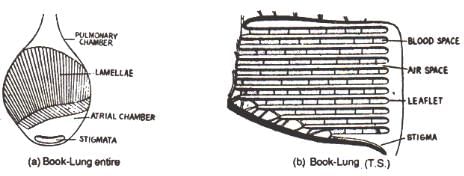UPSC Exam > UPSC Tests > General Science(Prelims) by IRS Divey Sethi > Test: Respiration - 2 - UPSC MCQ
Test: Respiration - 2 - UPSC MCQ
Test Description
10 Questions MCQ Test General Science(Prelims) by IRS Divey Sethi - Test: Respiration - 2
Test: Respiration - 2 for UPSC 2025 is part of General Science(Prelims) by IRS Divey Sethi preparation. The Test: Respiration - 2 questions and answers have been
prepared according to the UPSC exam syllabus.The Test: Respiration - 2 MCQs are made for UPSC 2025 Exam. Find important
definitions, questions, notes, meanings, examples, exercises, MCQs and online tests for Test: Respiration - 2 below.
Solutions of Test: Respiration - 2 questions in English are available as part of our General Science(Prelims) by IRS Divey Sethi for UPSC & Test: Respiration - 2 solutions in
Hindi for General Science(Prelims) by IRS Divey Sethi course. Download more important topics, notes, lectures and mock
test series for UPSC Exam by signing up for free. Attempt Test: Respiration - 2 | 10 questions in 10 minutes | Mock test for UPSC preparation | Free important questions MCQ to study General Science(Prelims) by IRS Divey Sethi for UPSC Exam | Download free PDF with solutions
Detailed Solution for Test: Respiration - 2 - Question 1
Detailed Solution for Test: Respiration - 2 - Question 2
Detailed Solution for Test: Respiration - 2 - Question 3
Detailed Solution for Test: Respiration - 2 - Question 4
Detailed Solution for Test: Respiration - 2 - Question 5
Test: Respiration - 2 - Question 6
Oxygen passes into the blood from the alveoli by a process called :-
Detailed Solution for Test: Respiration - 2 - Question 6
Detailed Solution for Test: Respiration - 2 - Question 7
Test: Respiration - 2 - Question 8
The diffusion of CO2 across the alveolar membrane is 20 times faster than that of O2 because :-
Detailed Solution for Test: Respiration - 2 - Question 8
Detailed Solution for Test: Respiration - 2 - Question 9
Test: Respiration - 2 - Question 10
Carbon monoxide has greater affinity for haemoglobin as compared to oxygen by
Detailed Solution for Test: Respiration - 2 - Question 10
|
39 videos|110 docs|262 tests
|
Information about Test: Respiration - 2 Page
In this test you can find the Exam questions for Test: Respiration - 2 solved & explained in the simplest way possible.
Besides giving Questions and answers for Test: Respiration - 2, EduRev gives you an ample number of Online tests for practice
|
39 videos|110 docs|262 tests
|
Download as PDF





















